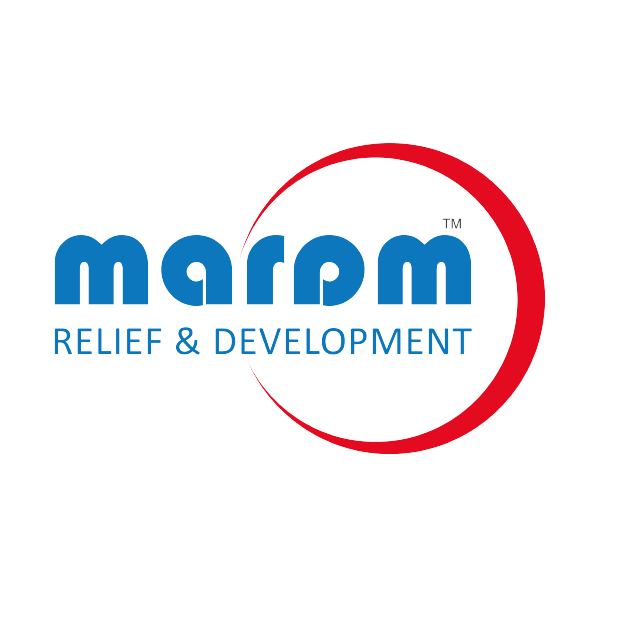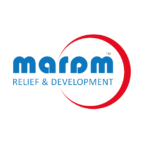Water, Sanitation and Hygiene WASH
Maram Foundation, WASH GUIDE.
What is WASH?
WASH is the collective term for Water, Sanitation, and Hygiene, due to their interdependent nature, these three core issues are grouped together to represent a growing sector. While each is a separate field of work, each is dependent on the presence of the other.

Why WASH?
MF Water, Sanitation and Hygiene (WASH) activities focus on providing crisis-affected communities with sufficient access to clean and safe water, hygiene education and basic sanitation. Human health and the health of the environment are intricately linked to unpolluted water sources, safe waterways and the proper disposal of waste.
WASH interventions are proactive, taking preventative action against water contamination, exposure to water-borne diseases and water scarcity. MF emergency responses or long-term, development-based interventions and activities are centered on the needs, rights, and protection of vulnerable populations.

WASH MISSION
The central mission of WASH activities is rooted in the human right to water and sanitation as enshrined in international law (United Nations, 2014), supporting international conventions and Sphere Minimum Standards (2018)
Ensuring WASH responses work to promote and sustain life, health, and dignity Ensuring WASH responses provide populations with adequate access to clean safe water for drinking, cooking, and personal and daily domestic consumption.
Working to prevent death from dehydration. Ensuring WASH responses mitigate the risks of water, sanitation and hygiene-related illness and diseases (Sphere, 2018).

WASH EXPERIENCE
The Syrian crisis has had a devastating impact on the water and sanitation systems in NW Syria, and caused severe disruption to water services and supplies. Damage to infrastructure, fuel shortages and power cuts led to severe water shortages, with two-thirds of the population lacking consistent access to safe drinking water (DID, 2017). Contamination of water sources increased the risks of water-borne diseases including, an outbreak of polio in 2013, cholera and typhoid (DID, 2017); and, obstructed adequate access to clean and safe drinking water.
Our first large-scale WASH intervention program was implemented in August 2016, as part of integrated emergency response under the Syrian Relief & Resiliency Program (SRRP) in partnership with Global Communities.
In the years since Maram have expanded the scope and scale of its WASH program. All interventions are designed with and through extensive community engagement and activities differ across time and space. Projects include establishing and rehabilitating hygiene facilities. Raising awareness within communities about the importance of hygiene, sanitation and waste disposal.

ACTIVITIES
EMERGENCY RESPONSE
Emergency WASH interventions are a combination of approaches designed according to a rapid needs assessment of the immediate survival needs of crisis-affected populations, the complexities of geographical and environmental variables and the context of the emergency. Emergency WASH interventions seek to address the urgent water and sanitation needs of communities. Activities include but are not limited to:
- Distribution of safe, potable drinking water
- Distribution of safe water for personal and domestic use
- Water treatment
- Distribution of hygiene kits
- Sanitation and hygiene awareness
- Waste disposal

EARLY RECOVERY & DEVELOPMENT MANAGEMENT
Early Recovery-ER WASH program focuses on capacity-building and community resilience. ER responses aim to enhance long-term community goals and occur through close collaboration and coordination with local authorities and stakeholders. Development-based approaches seek to mobilize local markets, minimize environmental impacts and increase community ownership. Maram engages in a broad range of activities and a combination of approaches that include but are not limited to:
- Rehabilitation of water networks, systems, supplies and infrastructure.
- Overhaul water treatment services.
- Construction of water towers.
- Construction of wells and water networks.
- Construction of new WASH facilities (latrines, showers, taps)
- Rehabilitation of existing WASH facilities.
- Long-term WASH outreach program and awareness.

SHARE

